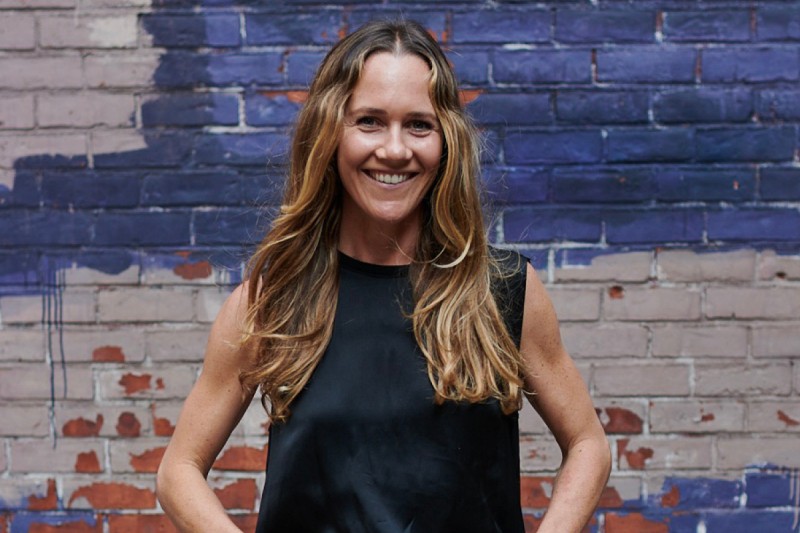
Amy Speck never imagined she could recover so fast from a spinal tumor so large.
She was training for the 2022 New York City Marathon when a stabbing pain in her left thigh began keeping her up at night. An X-ray showed no fracture. Neither pain medications nor physical therapy offered relief.
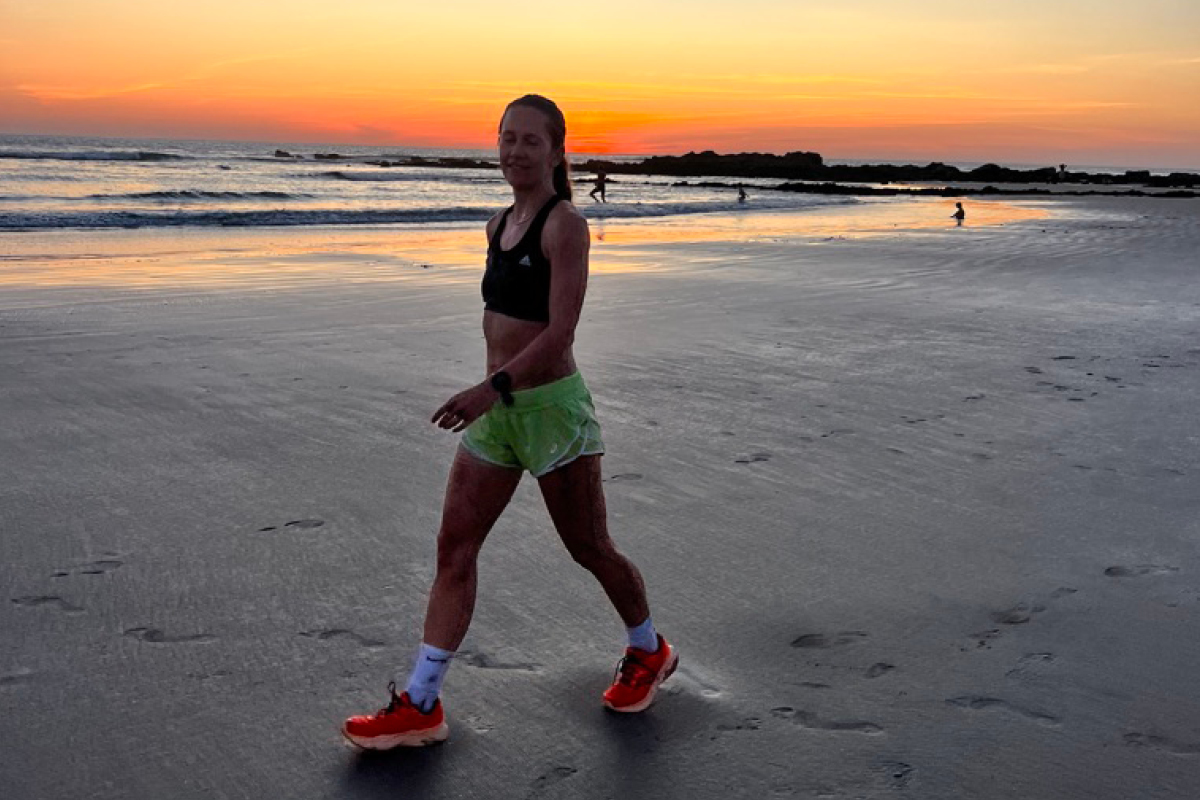
Then, an MRI revealed something that terrified Amy and shocked her medical team: A tumor the size of a clementine was pressing on her spine and hip. It didn’t appear to be cancerous, her doctors said, but it needed to be removed. They recommended she see spine neurosurgeon Ori Barzilai, MD, at Memorial Sloan Kettering Cancer Center (MSK).
“They told me Dr. Barzilai could probably remove my tumor with a robot, and that robotic surgery would be less intensive and have an easier recovery,” remembers Amy, now 35.
Sure enough, less than six months after the surgery at MSK, Amy was back in action. Today she does yoga, plays soccer, and takes short runs around her neighborhood in Brooklyn.
“This kind of robotic surgery is not something that many other hospitals are doing,” Dr. Barzilai says. “When our team presents this at international meetings, jaws drop. Everyone wants to know, ‘How do you do that?’ ”
What Is Robotic Surgery?
The robot surgical system, known by its brand name, da Vinci®, has been regularly used by MSK surgeons since 2007 to remove tumors from the chest and abdominal cavity, including:
- Gynecologic (ovarian and uterine cancers)
- Genitourinary (bladder, kidney, and prostate cancers)
- Thoracic (lung and esophageal cancers)
This kind of robotic surgery is done laparoscopically, using instruments and tiny cameras that are inserted through a series of tiny incisions — each less than an inch long. The area inside the body around the tumor is inflated with air to make space for the procedure. The surgeon sits at a console and controls a robot that moves the surgical tools inside the patient. The robot allows surgeons to make movements too fine for the human hand. In many cases, patients who have robotic surgery are able to go home the same day.
MSK surgeons have done almost 35,000 robotic surgeries. MSK now has 11 surgical robots — seven at the main hospital and four at the Josie Robertson Surgery Center.
A New Robotic Approach for Spinal Tumors
Some orthopedic surgeons use what is commonly called robot-assisted spine surgery to guide the placement of screws and pins during procedures like spinal fusion. But the robotic technology used at MSK to remove spinal tumors is next-level.
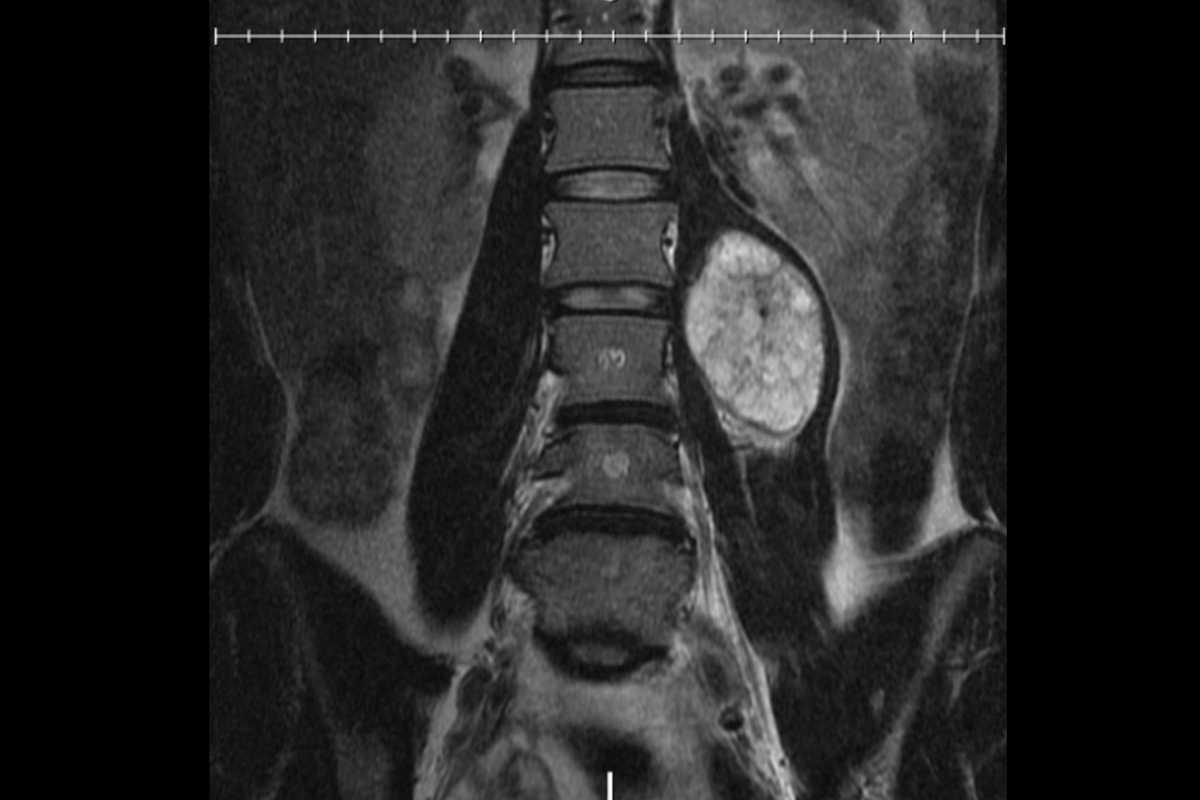
Until recently, MSK’s neurosurgeons used open surgeries — requiring large incisions, hospital stays of up to a week, and lengthy recovery times — for removing spinal tumors. In 2019, they decided to test whether the surgical robot could help a select group of patients with tumors of the spine avoid an extensive open surgery. Rather than go through the back (the traditional approach for removing most spinal tumors) MSK neurosurgeons access the tumors through the front or side of the body.
This approach is cutting-edge and investigational. Because the da Vinci robot is not approved for neurosurgery by the Food and Drug Administration, Dr. Barzilai trained with and continues to perform the operations with colleagues who are experts in using the robot for other kinds of surgery:
- Urologic surgeon Alvin Goh, MD, an expert in bladder cancer, participated in Amy’s surgery.
- For tumors in the upper spine, Dr. Barzilai frequently works with thoracic surgeon Bernard Park, MD.
- For tumors in the lower spine, he often works with gynecologic surgeon Mario Leitao, Jr., MD, Director of the Minimal Access and Robotic Surgery Program in the Department of Surgery, and colorectal surgeon Martin Weiser, MD.
“These operations require a transformative team approach,” Dr. Barzilai says. “They really highlight the ways that MSK’s surgeons work together to make things better for our patients.”
The MSK surgeons reported outcomes from the first 19 patients to have this type of surgery in the journal Operative Neurosurgery on August 20, 2024. The study found that the procedure was safe and effective.
Robot Makes Surgery Available to More Patients With Schwannoma and Neurofibroma Tumors
To date, the team has performed robotic surgery on about 30 patients, with several additional procedures scheduled.
“In the past, because the recovery from open surgery was so difficult, we would have instead offered active surveillance [also known as watchful waiting] for many of these patients, especially those with smaller tumors,” Dr. Barzilai says. “Now, because this procedure is so successful and recovery is so much easier, we feel confident offering it to a broader range of patients.”
There is an important caveat: This procedure is currently not available for cancerous tumors of the spine. That’s because the laparoscopic approach may require that tumors be cut into smaller pieces to be removed, which would risk spreading cancer cells in specific types of tumors.
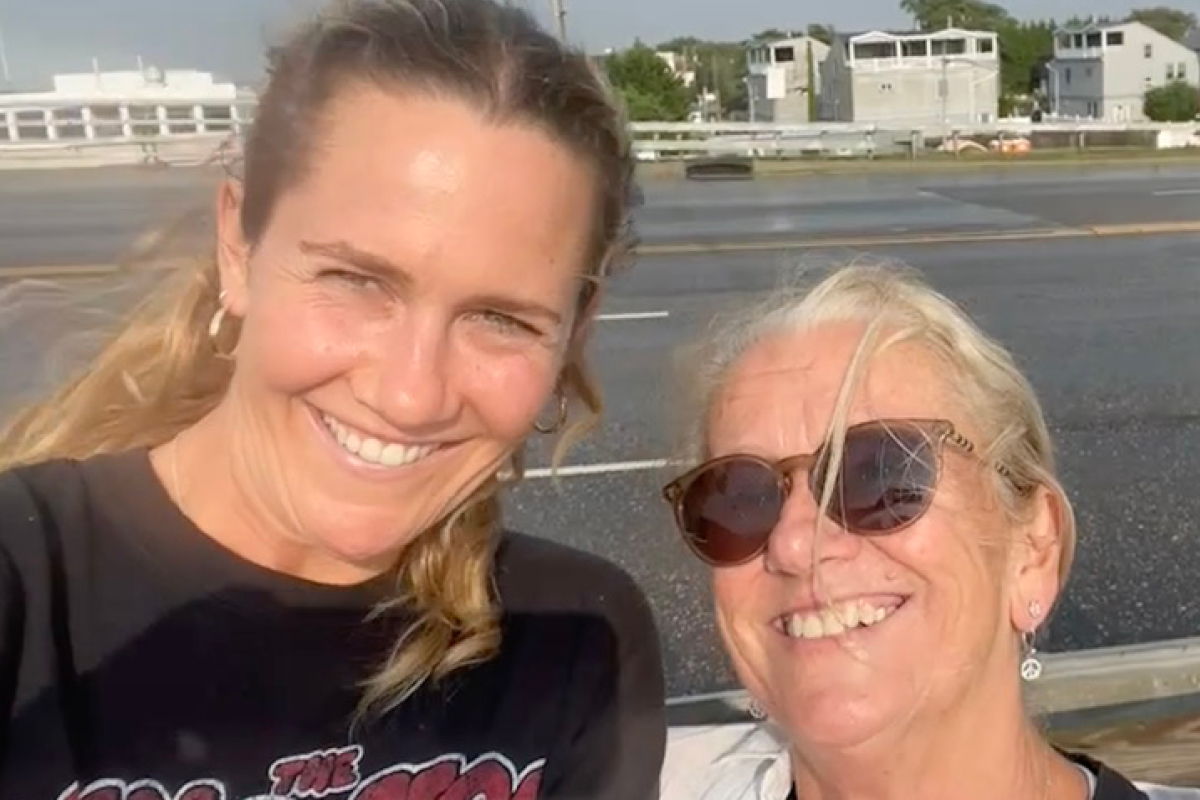
Amy had a type of noncancerous tumor called a schwannoma. Dr. Barzilai has also used the robot to remove another type of noncancerous tumors, called neurofibromas.
“Most of these tumors have a very small chance of recurrence,” he says. “For these patients, a successful surgery equals a cure.”
Amy will continue to receive scans for a few years, but Dr. Barzilai doesn’t expect her tumor will come back.
After Robotic Surgery, Amy Feels Like Herself Again
Amy had her surgery in September 2023. When she woke up from the procedure, she was anxious to see the surgical wounds.
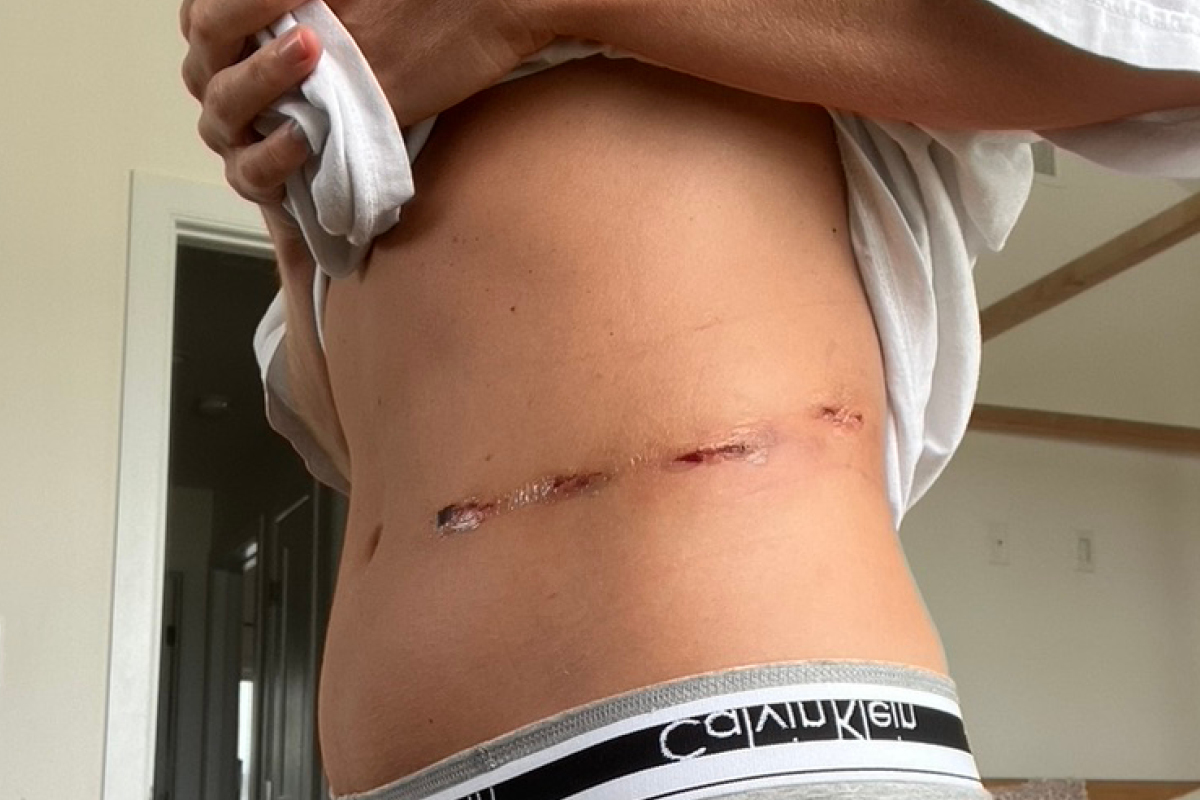
“I didn’t even have stitches. There were just five tiny incisions that had been glued shut,” she says. “The surgeons told me the procedure had gone really well, and I gave them high fives.”
She left the hospital the same day, going to her mother’s house on Long Island to recuperate. Her main complaints after the surgery were pain due to the gas used to inflate her abdomen and some nausea from the anesthesia and pain medications. Within a few days, she was taking short walks to the beach to sit and look at the ocean. Before long, she could walk the whole length of the boardwalk, more than two miles.
“When I think back now to how I felt before my diagnosis, I realize how long my body was compensating for this tumor, which was probably there for a long time,” Amy says. “I feel so much lighter and freer now. I feel like myself again.”